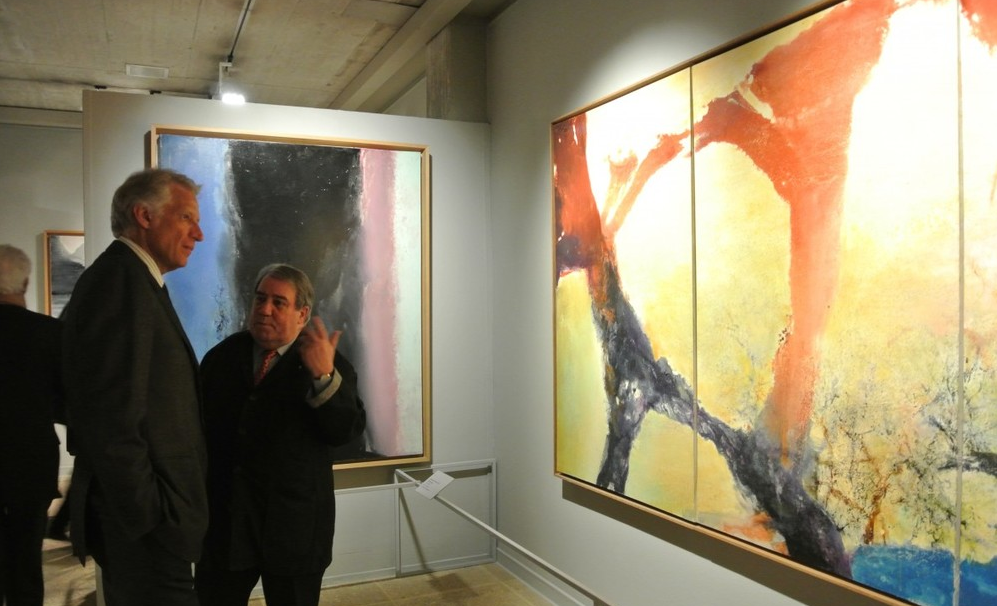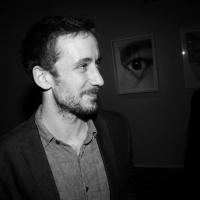The crossroads between classical Chinese art and Western art
— The son of a banker, Zao Wou-Ki was born into an affluent, educated family and it was his mother who encouraged him to pursue a career as an artist. His parents financed his tour of Europe, during which he spent hours sitting in the Louvre, training his eye.
— Arriving in Paris in 1948, he chose to abandon his Indian Ink practice, taking up watercolor and oil painting. According to Yann Hendgen, director of the Zao Wou-Ki Foundation “he wished to be first and foremost considered as a European painter, and not as an object of exotic intrigue.” It was this wish which led to the fusion of the two cultures which became the artist’s mark of identity.
A complex relationship with Chinese art
— “Unconstrained by China, I was able to go in search of China. Chinese art has become a collection of recipes for creation, with beauty being confused with savoir-faire,” said the artist.
— In order to understand Zao Wou-Ki, and his place as a major figure in the Second Ecole de Paris, writer Pierre Descargues highlights the artist’s declaration: “You must realize, that I came to French art thanks to Paul Cézanne, and thanks to Paul Klee, I returned to abstract art. Rembrandt's color washes inspired me to pick up my Chinese brushes once again, to return to Chinese paper and ink. Yet people have not stopped asking me if I am a Chinese painter.”

Daniel Marchesseau tours the exhibition with Dominique de Villepin: behind him “Hommage à Henri
Artistic and friendly encounters
— In 1951, the painter Paul Klee began considerably to influence Zao Wou-Ki’s work and he ended up completely abandoning figurativism around 1954.
— The poet Henri Michaux was fascinated by Zao Wou-Ki’s lithographies, becoming his mentor and helping the artist achieve representation with Pierre Loeb gallery, with whom he worked until 1957.
Music and gestures
— Equally passionate about music, he listened to Mozart and rubbed shoulders with Pierre Boulez.
— Fiercely loyal to Chinese tradition, he never created preparatory sketches, considering the “gesture” as the primordially important element of his work.

King of the market
— Zao Wou-Ki is on top! Over 70 of his works have realized over a million dollars at auction.









